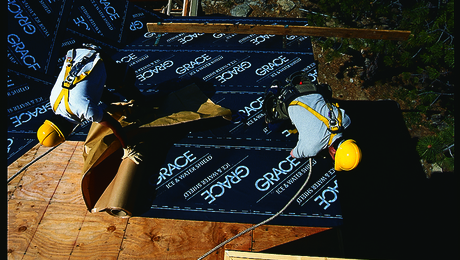The Environmental Protection Agency has long considered effluent from construction sites a significant source of water pollution, which is why, in invoking the Clean Water Act and the Water Quality Act, new EPA regulations governing construction effluent included stringent numeric limits on the amount of allowable sediment in runoff water.
But those limits didn’t seem realistic or scientifically justifiable to the National Association of Home Builders and the Small Business Administration, which challenged the limits in a jointly filed lawsuit. In their complaint, the NAHB and the SBA said that the analyses of the data used to set the numeric limits was flawed and that compliance costs would soar to as much as $10 billion annually, well above the EPA estimate of $953 million.
The NAHB noted in a press release last week that after the Justice Department asked the EPA to defend the numeric limits, the EPA admitted flaws in the rule and the agency’s interpretation of relevant data. The Justice Department has since suspended the numeric limits and litigation, and the EPA is now developing new numeric limits that, as NAHB put it, “builders can actually comply with.”
Writing for the online legal forum Lexology, two attorneys with Holland & Knight, a business-law practice, point out that the Effluent Limitation Guidelines, as they are called, come along as the EPA has increased its enforcement of construction-and-development rules, particularly as they pertain to the approximately 200,000 construction sites around the country that would be subject to the regulations. The effluent limits – a daily discharge limit of 280 nephelometric “turbidity units” – were to be phased in over four years for sites of 10 or more acres.
While it’s obviously not yet clear what effluent limits will eventually be imposed, it’s also not clear they’ll prevent water pollution in a significant way, if, as the NAHB says, the limits currently being revised by the EPA would have controlled less than one quarter of 1% of total sediment runoff. We’ll follow up when the EPA announces the revised limits.
Fine Homebuilding Recommended Products
Fine Homebuilding receives a commission for items purchased through links on this site, including Amazon Associates and other affiliate advertising programs.

Reliable Crimp Connectors

Handy Heat Gun

Affordable IR Camera


























